The air is full, brimming, saturated, swamped…with the overwhelming dense and sticky aroma of pure unadulterated rose . You might not think it could be so, on viewing these featherlight petals, but believe me…during their weeks of flowering that can number three to even four if we’re lucky, they infiltrate our olfactory receptors like no other. On a still day, it’s as if the air fills up and is then held within the confines of the house courtyard. Open a window and the perfume spills inside. The Barn is another block that captures the aroma, and between it, the Pantry and the Barn Garden hedges, that stifling perfume is trapped again, captive, and ensures the path so regularly trodden between those buildings and garden is an ultra-sensory experience.
It spills all along the back drive and into the kitchen garden too…
And carries down and away, across the house paddock towards the creek. I almost wonder if Rowan catches a whiff of its traces on the late afternoon easterly? Perhaps his cows enjoy the faint aroma as they trudge the track cut into the side of his hill after milking!
You’ll have gathered by now that all the plants in the garden here come in waves. Most have their moment to shine and then retreat for the rest of the year, which means there’s always some tantalising excitement on the near horizon. This one has been building already for a fortnight and is at its glory moment right now. Viewed at a distance, it’s a spectacle of white-speckled green…rambling and unkempt..exactly as I’d hoped when I went in search of a rose to do just this, over the newly erected fence some 35 years ago. (Most peeps think all the fences were here, but they weren’t. There were a handful of old sections that we re-purposed, but all the fence-lines here are our doing and we were lucky to source the ironbark back then so they are in keeping with the original buildings).
But boy it was bare back then! In my search for the right rose for the job, I’d become quite obsessed with a rose named as ‘Wickwar’ in an article about a very beautiful garden created by interior designer John Stefanidis - whose work at the time was amongst those designers I most admired (and still do). The vision of that simple rose appealed…it wasn’t too frothy, not smothered in blooms but enough…there was something sparse yet generous presenting in the images. Of course that garden was on the other side of the globe…but as you know by now, my seeking has always been far and wide. Despite best efforts by a sympathetic nursery owner way back then, we could not track down that simple-faced rose that I felt would be so in keeping here; and her suggestion that Rosa brunonii might be a suitable contender for my ambition was the one I accepted. She sourced them and we planted a dozen of which ten remain. Their trunks are old and gnarly now and although we watered them in their first year, they are perhaps the most neglected specimens of all in the garden. In January, we prune them hard…so hard there’s nothing remaining but their skeleton that clings to the fence, and then slowly they make their way back to mounds of substance, on their long journey towards the next November flowering.
While not ideal in a vase as they are a messy, thorny species and cling to everything that comes within a hair’s breath (once a long and unruly stem caught onto the shirt of Gardening Australia’s Costa Georgiadis as he got out of his car and ripped it clear through - lucky he has a good sense of humour!). But popping some inside will scent a huge space for days on end, as new buds open on sturdy clusters, though spent flowers drop their papery petals. Gathering hundreds to distill though…is something else again!
I did this for the first time three years ago, when I was wildly experimenting with every possibility the garden offered, and the result from R.brunonii was intoxicating! I hadn’t had another opportunity since (except at Saturday’s Field of Flowers Workshop which is another matter and I’ll explain below!). Seize the moment are three words I’ve long lived by (although I might not do anything completely startling) - opportunities that may not come again are so easily lost. How could I have missed two whole seasons? The weather, the event schedule, life…and I could see the same thing happening again this year. November is inclined to bring inclement weather - whether storms that do nothing but growl and give us three spots of rain, or a short-lived gentle early morning drizzle that although may bring a brief moment of respite, are not substantial enough to do any real good, yet are enough to dampen petals - rendering them useless for distillation. And it’s a rare day that presents without a precise time commitment, that also dawns fine after a previously fine night and day.
And so on Wednesday, seize the moment I did! It was hot…sticky, clammy. From one sprawling stem at a time I collected fresh-faced flowers - only those with bright golden stamens that had clearly opened just that morning. Slowly I added to my haul, 100, 200, 300….500 into my big enamel bowl and then began counting again. First I collected each and every flower from the drive side of the fence and then made my way along the paddock side (about which I’m not quite so enthusiastic as the grass is thick, the ground on a slope and it would be too easy for a snake to hide…luckily no sightings but one must be aware). Eventually I had a count of 1,220! Enough for a distillation…phew!

It’s settling now, down in the cellar and likely the one and only of the season. I can’t wait to discover the result…to see if this one is indeed as intoxicating as the last, which I shared a little of with a distilling acquaintance who told me this particular rose carries some medicinal properties. Not that I expect anything great or ingenious from my distillation, but it’s an added little of morsel of learning about which I had no earlier knowledge, and I reckon that these snippets shared…are the stuff of life!
Oh but the Field of Flowers Workshop on Saturday! How typical…I took a host of photos before my little group of three arrived (optimal number of participants for these workshops!) and then as the day unravelled in the most gentle and immersive way, I was just too engrossed in everything at hand to take more. I did upload a few progress shots to insta stories but of course they’ve vanished now…they contained pics of great handfuls of petals drawn to the nose, scattered, drawn up again…the more movement and gentle bruising of foliage and flowers, the greater the release of scent, until the entire building fills with the aroma. It’s quite a blissful experience! And then, there’s the colour…and the feel of hundreds of velvet-textured petals in your hands…
There were other activities that I left them to, while I prepared a little lunch to enjoy before the afternoon’s distillation. Field of Flowers Workshops are completely spontaneous - dependent entirely upon the weather, as well as the participants of which the group is made. It had rained overnight on Friday, which was a shame…and so I didn’t want to use the extra petals we’d gathered for our morning’s play, for distillation (as we sometimes do) and especially as two in the group were super keen would-be distillers. We toyed with the idea of rose geranium and even rosemary…but in the end, I suggested both those would still be holding droplets of water, whereas thanks to a gentle morning breeze, the fine petals of R.brunonii would be dry as a bone.
So together we picked - four making for a quicker collection than one, and soon we had the flowers weighed and in the still. As a result, participants went home with a bottle each of one very special day’s distillation indeed!

At lunch, we enjoyed one of my very favourite soups for this time of year. It’s one you might like to add to your repertoire as it’s so very simple to make, and a useful one given the crazy mid-spring weather, as it’s just as delicious warm as it is chilled. At the workshop on Saturday I made a snap decision to pop it into a saucepan as the day took an unexpectedly cool turn, but on Sunday the heat was so stifling I was thrilled to drink it straight from the fridge! Beetroot are at the height of their season right now…this batch made from those ones pictured at the bottom of last week’s post.
Beetroot Soup
Ingredients
500g trimmed beetroot (approx…I generally go by eye especially as garden ones come in all different sizes!)
1 small brown onion, diced
1 celery stalk, diced
800ml home made chicken stock
I do use this as a rough guide…I think for this batch I had 4 beetroot of varying size and added a litre of stock!
Method
Preheat the oven to 180C then wrap each individual beetroot in tin foil with a little olive oil and sea salt and wrap tightly. Place them on a baking tray for up to an hour (depending on size) - pop the point of a sharp knife in to see if they’re cooked
Unwrap carefully, then when cool enough to handle, rub off the skins and chop into pieces
Heat a good glug of olive oil in a big saucepan then add the onion and celery and sweat ‘til translucent
Add the beetroot, a good pinch of salt, a few twists of black pepper and give a good swish around with a wooden spoon
Pour in the chicken stock, add a lid and bring to a simmer
Cook gently for about 10 - 15 minutes then whizz with a stick blender
This is such a basic recipe for Borscht that often contains many more ingredients…making it an altogether more hearty affair. This way is quick, simple and perhaps more elegant. What I love is that it tastes so earthy…of pure beetroot straight from the garden.
Add a little dollop of yoghurt (could be sour cream but I’m less likely to have this on hand whereas we always have yoghurt in the fridge) when serving. Top with a scattering of chives or thyme, chive flowers, thyme flowers or even a rose petal or two…on Sunday, I popped a borage flower on top…they won’t be with us much longer, but hopefully long enough to join the first cucumber…maybe!).
Since then, it’s been a huge week in the Kitchen Garden! Afterall…crop rotation at this time is really my main priority and Saturday’s workshop put away…I had work to do! But before I launch in on that score…a potato update. You remember I sowed them back in August? Well…I’m delighted to report there’s been sustained and steady growth ever since. If I can get them to this point with foliage intact I’m pretty chuffed. Each day I’ve picked off a dozen or more 28-spotted ladybirds morning and night and my vigilance has paid off. They’re coming into flower now and with any luck, new season potatoes won’t be far off. How delighted I was a few weeks ago at our Sofra event, when Karima’s father-in-law commented that he was impressed with my potatoes…no-one takes their veg more seriously and…none grow better veg than first generation migrant gardeners! I took that as a big compliment indeed!
But gosh I had work to do and there’s nothing I love more than hatching crop rotation plans! They evolve as I pull out the old and begin to implement ideas: as structures go in one by one, a new framework slowly takes shape and with each structure erected, a new possibility presents. I find it to be a completely organic process that unfolds - it’s not something I could delegate…I just ponder and do.
I’m trying something new this year on the traditional side of the garden. For the last few, over on the guild side of the garden, I’ve had pairs of reo-mesh panels leaning-to, supporting each other and I rather like the effect. So this year, rather than building my usual bamboo tunnel for tomatoes, I’ve decided instead to try out three pairs of these panels in a row at the rear of the ‘fruiting bed’ for height. It was a simple enough thing to do on my own (although lining up three pairs is not as easy as one pair on its own! Once tied in position I could go about soil prep and planting: a tomato per frame with basil in the spaces between.
Then, a tomato stake and bamboo structure for a lower growing variety of tomato. I’ve been building these structures for years and find they work well…allowing me to train lateral branches for good airflow. As I still have some good lettuces in place, so far I’ve only erected one of these and I’ll need to decide whether to make another one or two of these or to plant a zucchini to sprawl…but I rather like to leave things slightly open ended while I digest what has occurred so far.
A tall tomato that will be very slow growing, to accompany a cucumber that will hopefully be quick growing to a wigwam at left front; eight aubergines in a staggered row and…prep for a square sowing of corn to the front corner. There are still lettuces occupying the front row which need to come out by the next optimum ‘flower’ day in the lunar cycle as I want to sow zinnias in their place!
Mid-week, when it was a ‘seed’ day according to the lunar cycle, I sowed the corn seed and a host of beans elsewhere. And so in this way, the seasonal rotation is gently coming about….all the while heeding the importance of sowing successionally….
Already the seed of beans sown a few weeks ago are germinating…gingerly raising their heads from the earth - how I worry for them at this tender stage when they’re so vulnerable…and appetising to myriad creatures when I so want them to succeed. In an ideal world, these early ones will take on jack-in-the-beanstalk momentum whilst the ones I sowed this week take their time to stir.
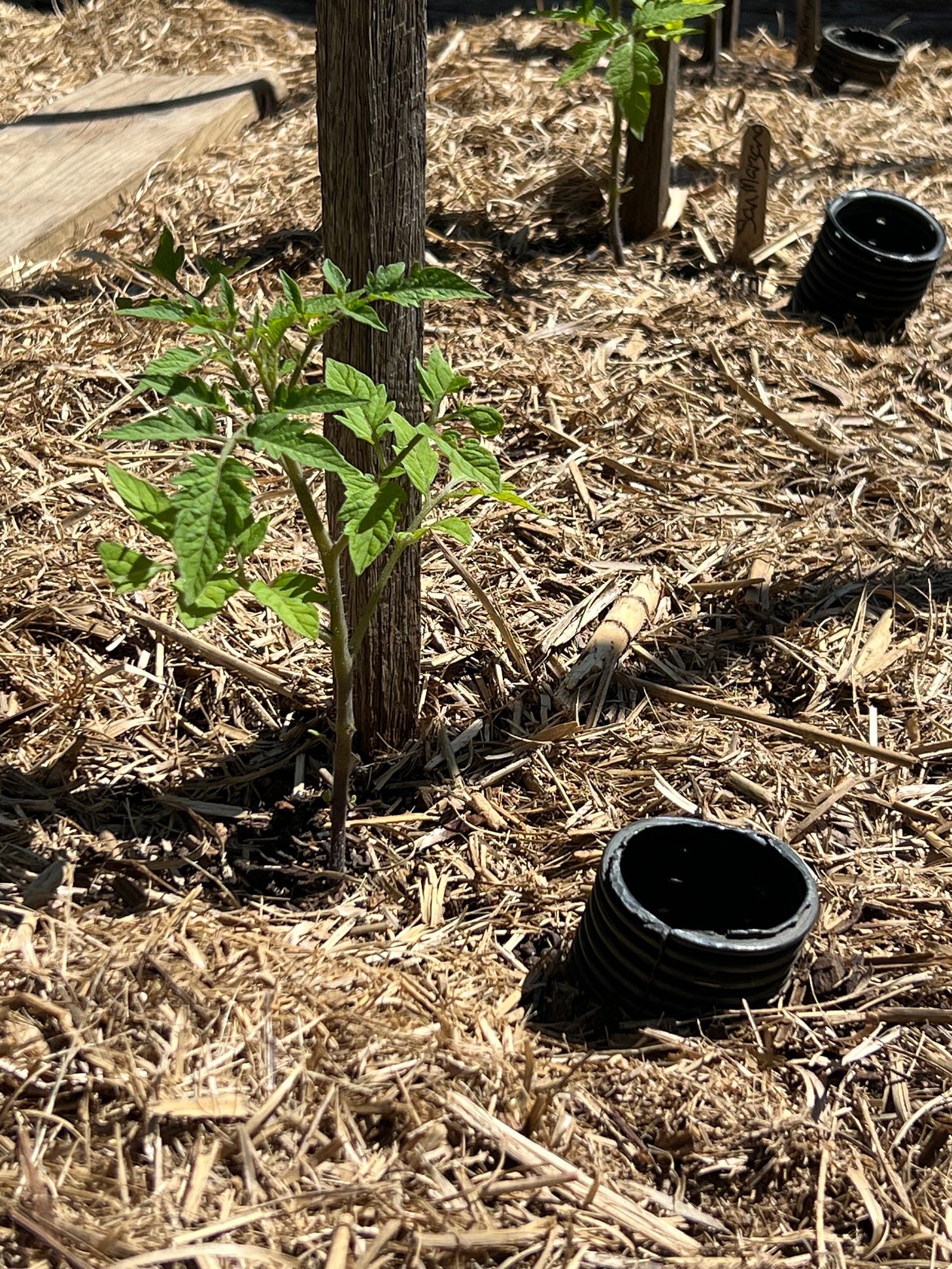
I think it’s worth mentioning at this integral stage of the planting season, that with each tomato seedling I plant, alongside I place a section of pipe with as much going into the ground as possible (let’s say around 150mm). In this way, I’m careful to water down the pipe, delivering water to the roots where tomatoes need water, rather than the surface. It’s really important to not wet tomato foliage (rain aside!) and especially at night as its too easy to encourage fungal disease. The pipes also help deliver a similar amount of water each day, as it’s irregular watering that is the cause of the most undesirable problem of blossom-end-rot…when bruising occurs at the base of the fruit. But we’re some way off that situation here yet!
For now it’s all about encouraging strong stems, having grown good roots inside the long pots since transplanting in September from the punnets into which I sowed seed in July. Tomatoes…they’re a long game! Remember when I said there was maybe only one week in the entire year that tomatoes aren’t on my radar in some way or other? It’s true!

I promised last week to complete the dahlia-structure story! It’s often the way that a week or more can lapse between beginning and completing a structure…especially when the priority is getting plants into prepared ground. As always, it’s the living that comes first, whilst inanimate materials must wait their turn (although they can’t wait too long or emerging growth could be damaged!). And so a week after getting the upright stakes in position and planting, I spent some time with Thalia last Monday morning, getting the reo-panels tied into position. This year I decided to attach three levels of mesh rather than two. I’ve found this method to save hours of tying in these last years, but with only two levels and the overly ambitious height of some dahlia varieties, its too easy for an unexpected gust of summer wind to decapitate their hollow stems!
With more structures in place…there’s more time now to devote to other tasks and so slowly but surely, the summer garden is beginning to take shape.

Everywhere, there are good bugs…bees, hover-flies and ladybirds by the multitude - all different kinds in size, shape, colour and marking. Many, many of them in pairs which hopefully means many, many more on the way!
I find they favour the carrot flowers more than any other and like to bury themselves deep into their undercarriage that’s made up of many fine spokes to form an exquisite basket to hold developing seed. It’s not unusual to notice multiple ladybirds crawling around inside this complicated network which must present as a safe house and resemble something on the scale of an enormous city to those tiny creatures!
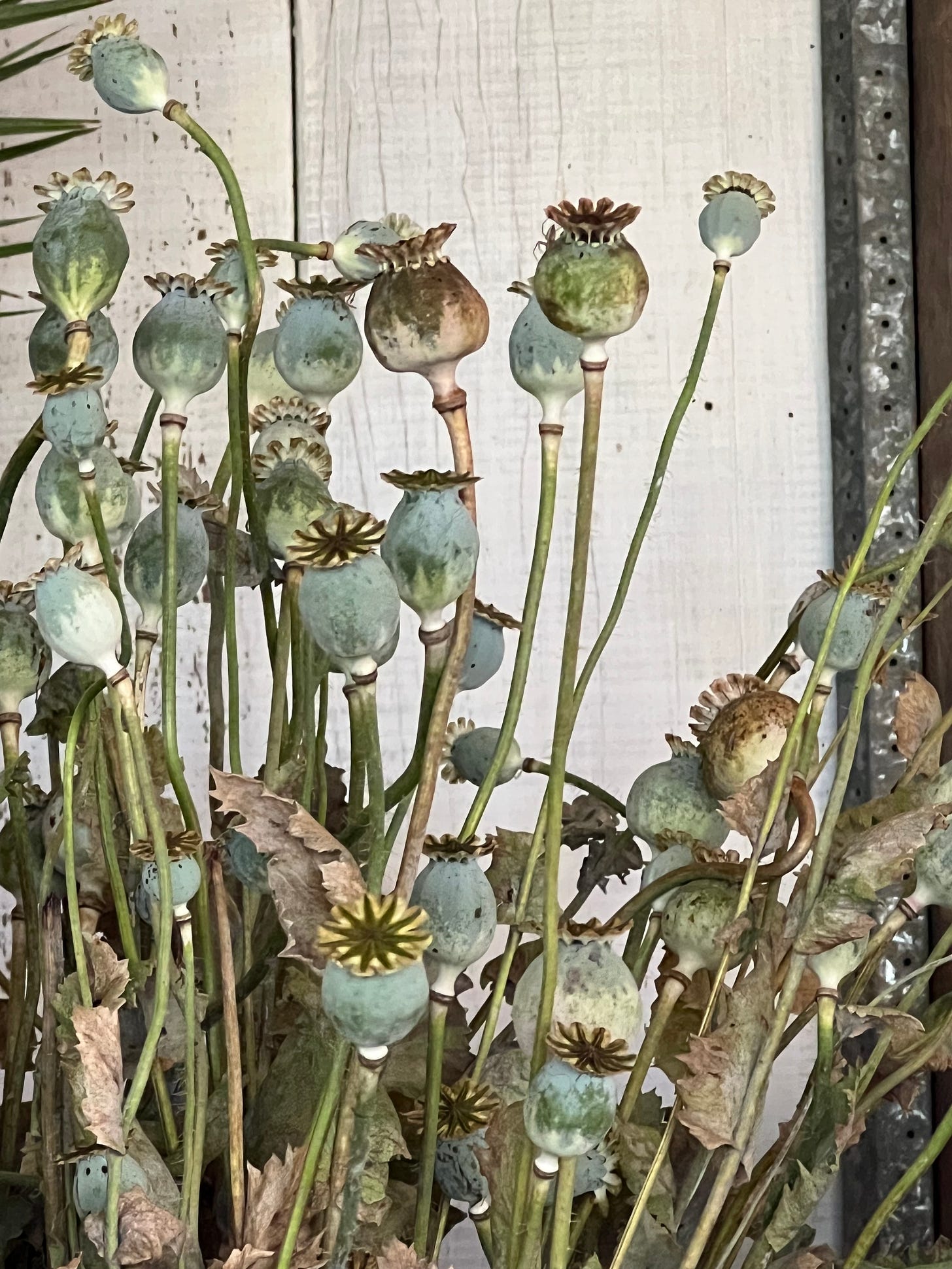
Increased parrot activity was telling me the time had arrived to collect the stems of all the peony poppy seed-pods held aloft…the remains of those glorious flowers we enjoyed for weeks on end, all early-spring long. Although I’ve left the ones inside the fig cages where they’re protected, and I’m keen for them to dry out further, I just couldn’t risk the ones exposed around the olive trees, so in haste I gathered them yesterday morning, careful to keep each stem upright for fear of spilling the contents of each intricate pod. They’re stored now in tall buckets in the Dairy where they shall have to remain ‘til I have a moment to decant the seed and arrange them into some semblance of order! And then to distribute seed to all who have asked…
And here we have the first sign of buds emanating from that enormous asparagus-like spike at the front of the old house! I reckon by this time next week they will resemble some kind of futuristic antenna as they protrude out at a horizontal angle…but you’ll just have to wait ‘til then!
Today I mourn the passing of a man I held in such esteem. I’m feeling flat, so if that comes across in today’s writing I’m sorry. The Reverend Dom Edward Corbould OSB (colloquially referred to as Father Edward amongst his global ‘parish’) was a Monk of Ampleforth Abbey. Although I’m not particularly religious, and have never been a regular church-goer, I’ve held a strong belief in God since early childhood. Ampleforth was Larry’s old school in Yorkshire and Fr Edward his history master. The garden he made at St Edward’s House (the product of generations of boys working together) was his great pride and joy and where I first met him, toiling in the soil, over 40 years ago. On standing up, I recall he brushed the earth from his hands on his tunic, greeted Larry and me with a ready smile, and asked if we’d like a glass of sherry? Well then, I probably needed one! Fr Edward married us (despite my not being Catholic) 38 years ago, in a ceremony that held such connection. The man resonated with an aura…of kindness and love. He baptised both our girls, blessed Glenmore on a visit about 25 years ago and never failed to send us anniversary wishes. Every now and then he would write, in the early days letters, but later by email…out of the blue - his last in response to these very posts I began writing earlier this year. I will miss his blessings and prayers this Christmas, as will the many hundreds of people whose lives he touched around the world.
I hope you have good things planned this weekend. I have a very small Kitchen Gardening Workshop on Sunday to which I’m looking forward enormously. The garden is just at the stage where there’s so much for kitchen-gardeners-to-be to discover…from plant combinations to the full cycle of life on display - the kind to lead by example and present a kitchen gardening way life in the best possible light.
Catch you at the next post.
Mickey x
Productive garden notes:
Eating from the garden:
Lemons (stored now rather than on the tree!), rhubarb, mulberry (still gorging every day!) and this week I gathered a huge (and last) haul of cape gooseberries. Beetroot, parsnip, asparagus, leeks. Coloured chard, warrigal greens, lettuce. Fennel fronds, parsley (sparse), mint, rosemary, thyme, chives, first sprigs of lovage. Nasturtium and calendula petals, borage and chive flowers.
And…the dried Speckled Cranberry Borlotti Beans! (where would we be without them? Although they’re almost gone…note to self to sow even more this year!)
Going / gone: lemons (plenty in store though), broad beans, peas, cape gooseberry, kale, radicchio, parsley, coriander. The spinach has expired and kale too.
Seed saving: peony poppy
Sowing: beetroot, parsnip, carrot, beans, corn, zucchini, cucumber, watermelon, rockmelon, rocket, parsley, basil, sunflower and zinnia.
Planting: lettuce, tomatoes, aubergines, capsicums, cucumbers and zucchini seedlings
Ornamental garden notes:
Picking for the house: Sweet peas, roses, philadelphus and picking for the dairy on a bigger scale, fennel flowers, carrot flowers and elderflowers
Perfumes and aromas: Rosa brunonii, Chinese star jasmine, philadelphus and roses of all kinds are the current heroes, alongside the near constant, resinous, Cistus ladanifer. The Perpetual spinach in the kitchen garden is on high olfactory volume and joining in this week are the deeply honey perfumed blooms of Buddleija Black Knight
Pruning and other: Thalia finished cutting back all the lavender dentata atop the drystone wall, so at last that job is complete for the year! She also took all the new growth off the Bay trees in the courtyard, bringing them back to tight balls which are now rather vast in scale! T has begun the task of cutting back the ivy from inside the old Stables. I’m longing to get stuck into the Melianthus and Roldana in the Arc…itchy fingers but it might have to wait ‘til Monday as I have a workshop to prepare for!




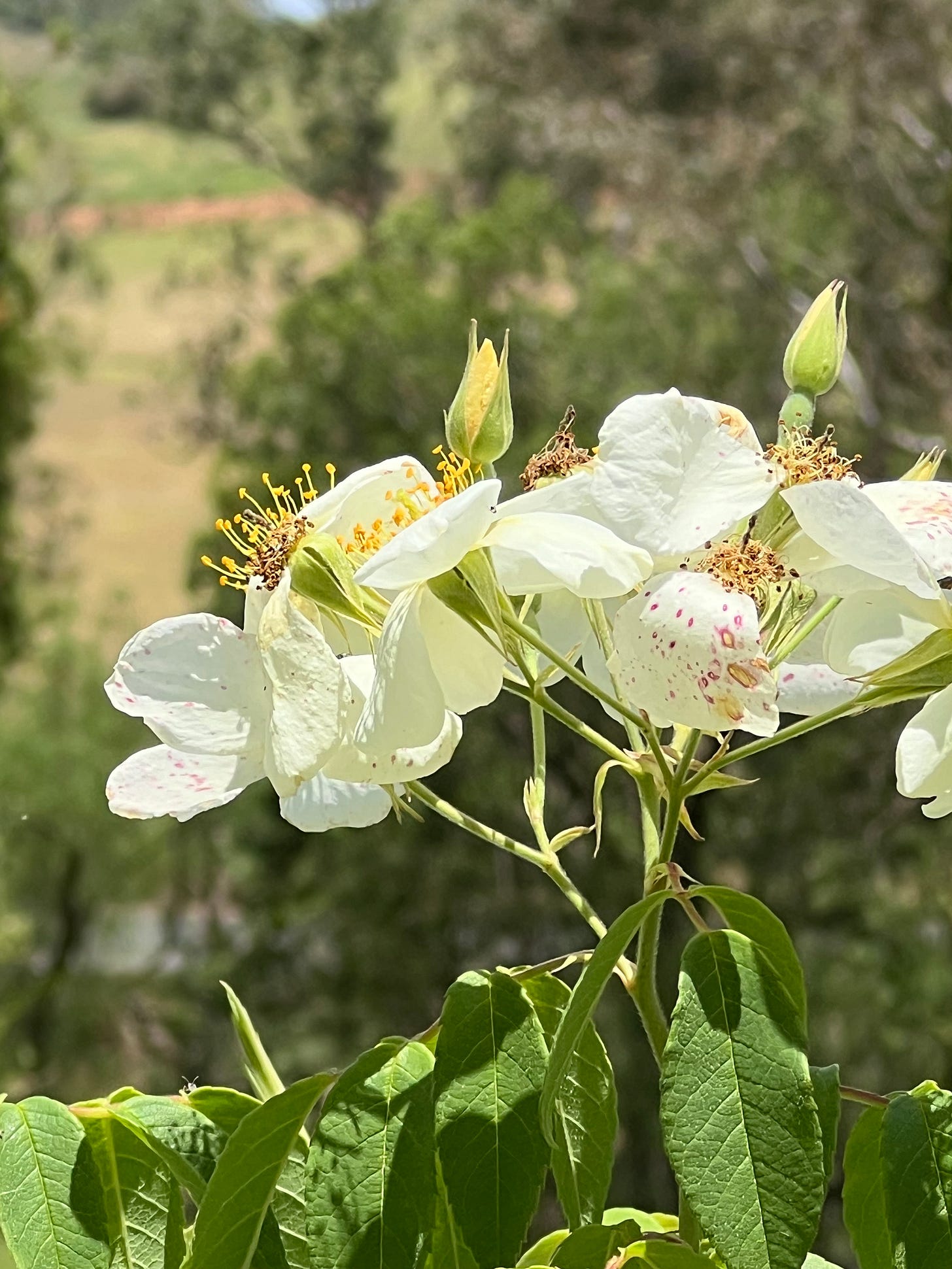

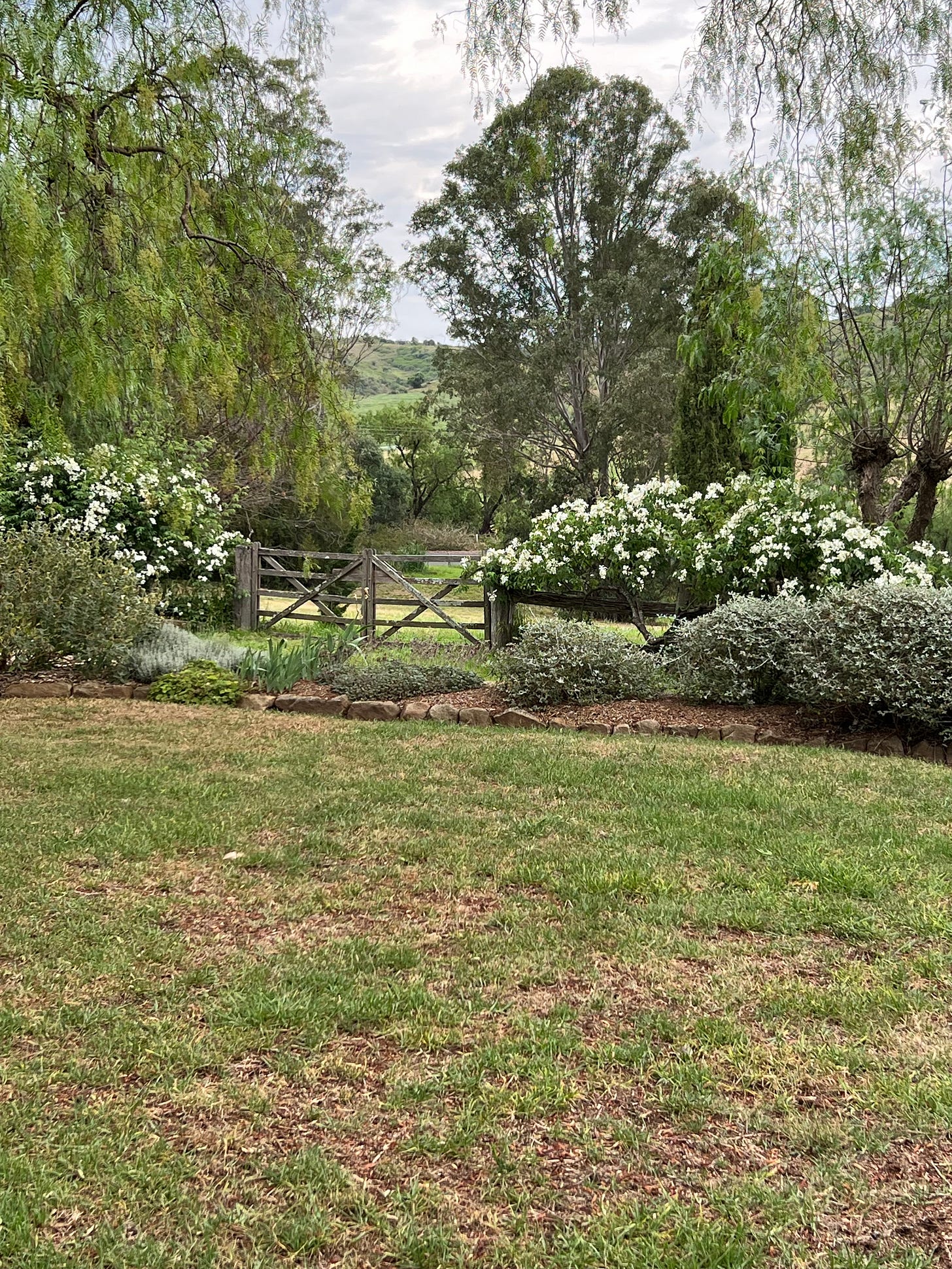


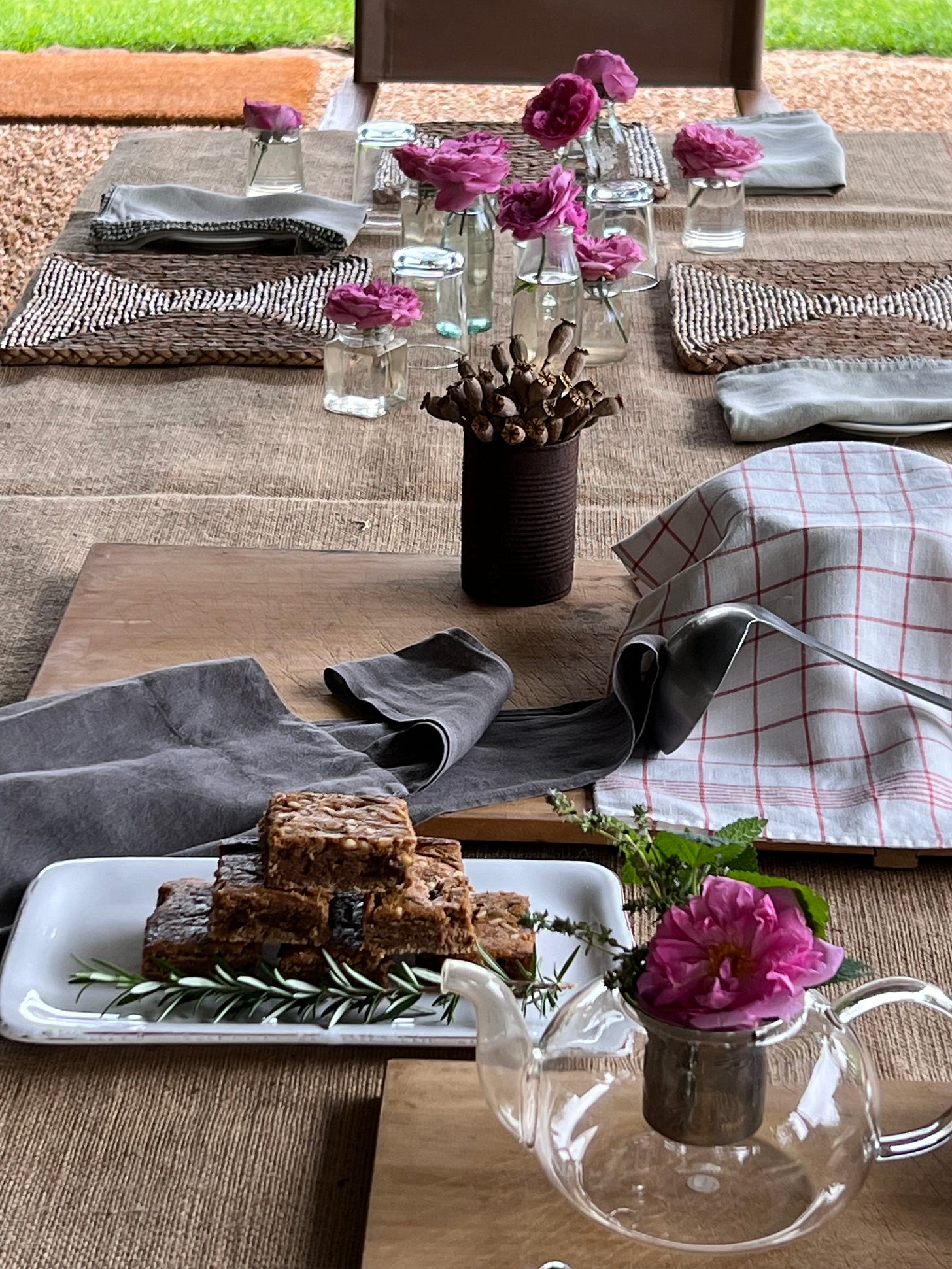





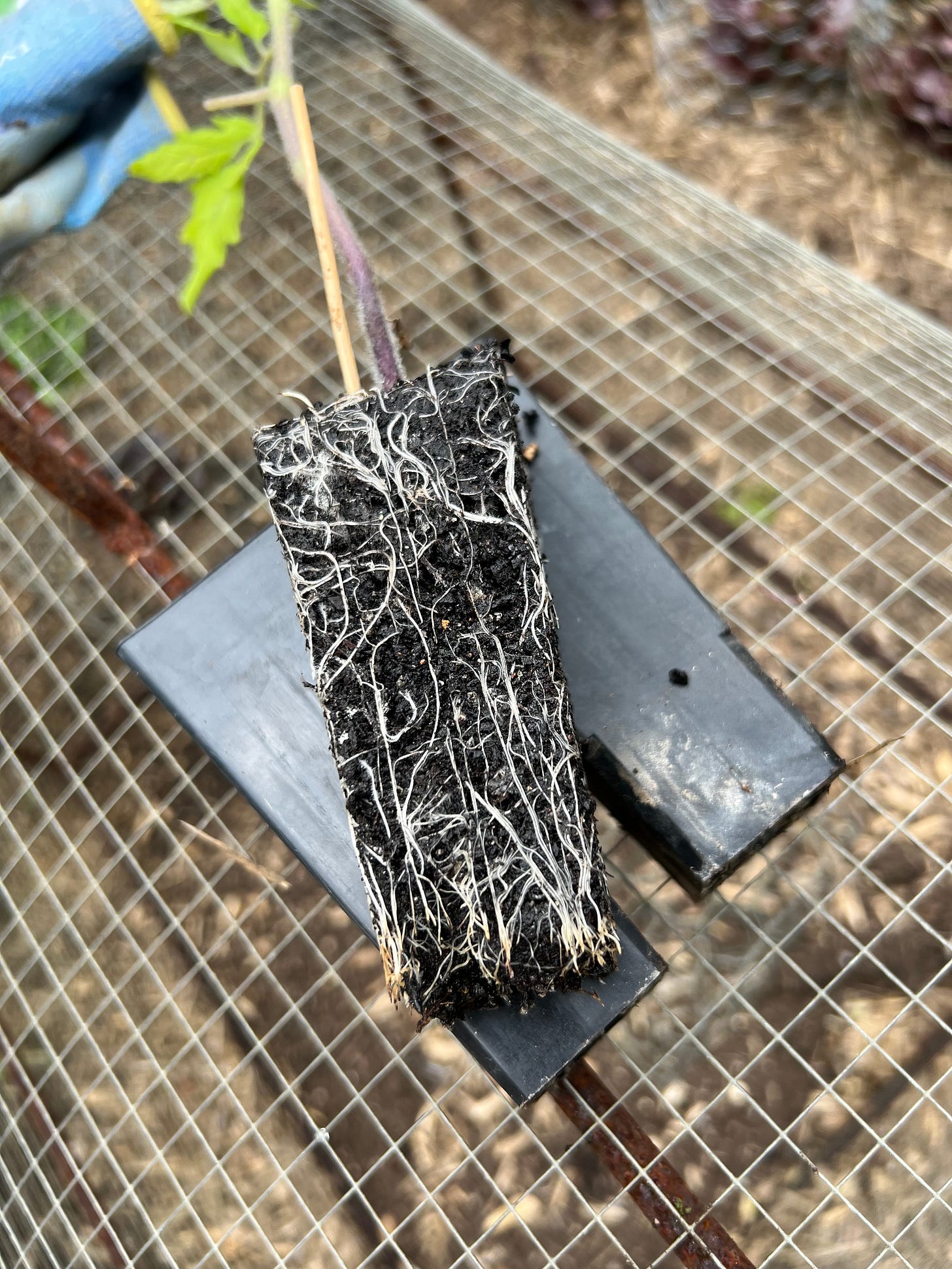

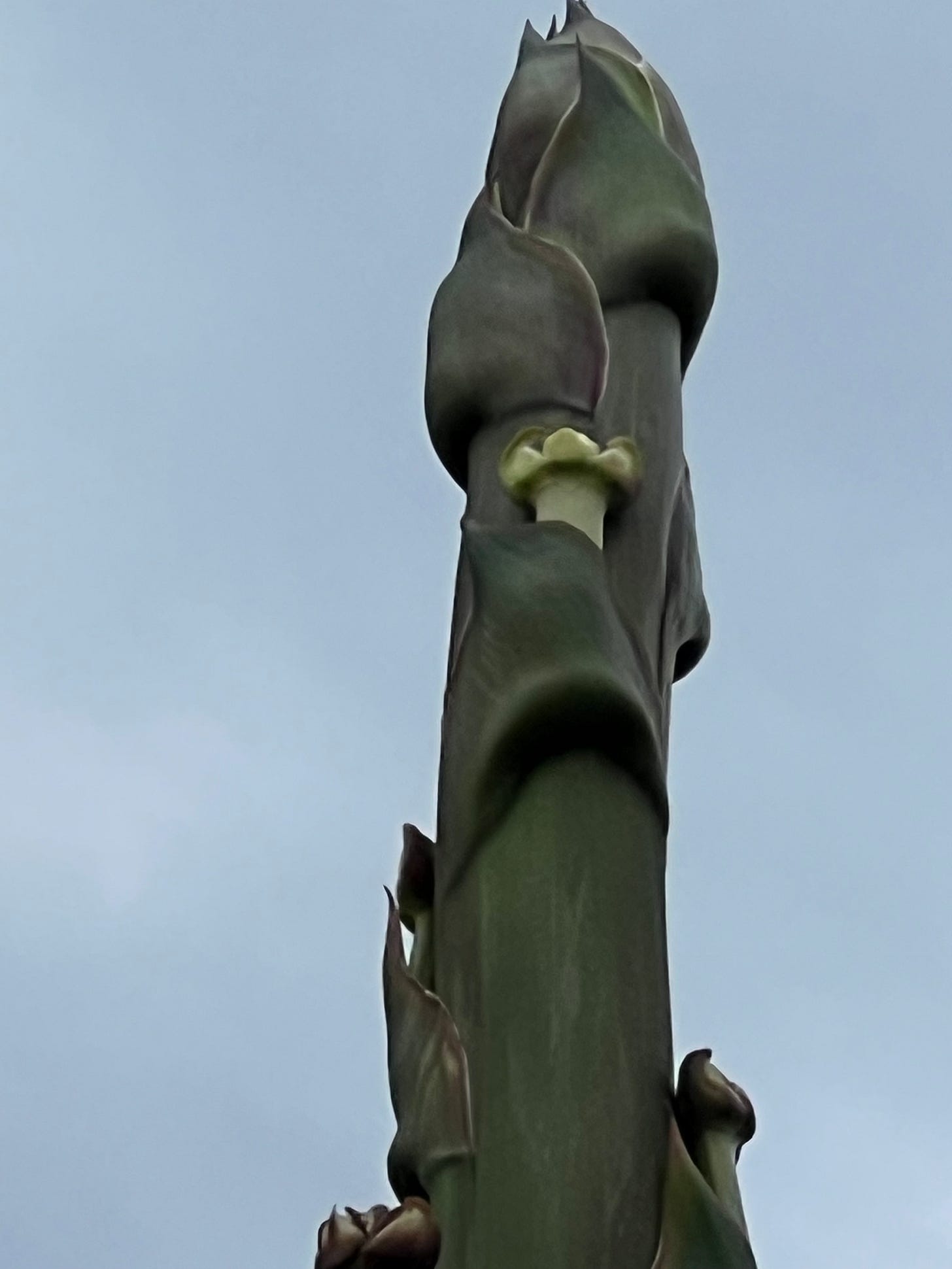
Oh Sally...I squeezed a lot of lemons and froze the juice...I have two plastic bags of them in the fridge with my fingers crossed and still half a dozen on the kitchen bench! Just how long they will keep I don't know...but all we can do is try. Sounds like you're having a good gardening season....trim away and look forward to the next flush - there's nothing like wielding those secateurs! X
That's so lovely to hear India :)) New ones on this week's agenda - funny how they sneak up...can another whole year have really gone by since their perfumes filled the air?